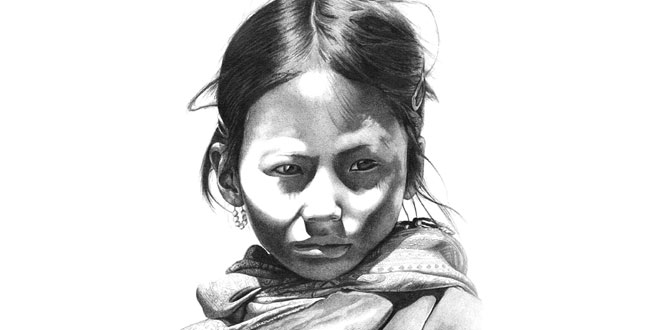Question: “Maasai the Pastoralist of Africa were discriminated by the White people.” Explain.
Answer: Pastoralists were also not allowed to enter the markets in white areas. In many regions, they were prohibited from participating in any form of trade. White settlers and European colonists saw pastoralists as dangerous and savage people with whom all contact had to be minimized. Cutting off all links was, however, never really possible, because white colonists had to depend on black labor to bore mines and, build roads and towns.
Question: Explain why nomadic tribes need to move from one place to another. What are the advantages to the environment of this continuous movement?
Answer: People who moved from one place to another, as a community, with all their belongings, were called nomads. These nomads moved from place to place in search of food and a livelihood. The nomadic pastoralists had herds of goats and sheep, or camels and cattle. Finding pasture for their herds was the main purpose of their constant movement.
The nomads moved between their summer and winter grazing grounds. In winter they usually lived on the low hills and the dry scrub forests provided pasture for their herds. They lived on the low hills during winter as the high mountains were snow covered. During summer, that is, by the end of April the nomads packed their belongings, round up their herds and start trekking towards the northern mountains. As the snow melted the mountains were converted into carpets of lush green grass. This provides ample pasture for their herds.The nomadic pastoralists thus moved annually between their summer and winter grazing grounds. When the pasture was exhausted or unusable in one place they moved their herds and flock to new areas.
The continuous movement of the nomads with their grazing herds ensured that the natural pastures were not over used. The movement allowed the grass and foliage to grow again and this preserved the environment.
Question: Give reasons to explain why the Maasai community lost their grazing lands.
Answer: The Maasais were a community of cattle herders. They lived primarily in East Africa. There were 300, 000 Maasais in Southern Kenya and 150,000 in Tanzania. The Maasais occupied a vast stretch of land from North Kenya to the steppes of Northern Tanzania. The lush green grass of the steppes provided ample fodder for their herds.
In the nineteenth century, European imperial powers captured Africa and scrambled for territorial possessions. They drew up boundaries and took over the land that was hitherto occupied by the Maasais. The Maasai lost about 60 per cent of their pre-colonial lands. They were restricted to a dry zone with uncertain rainfall and poor pastures. The Maasais faced continuous loss of their grazing lands and this affected their lives in times of drought and even reshaped their social relationships.The British colonial government in East Africa encouraged the local peasant communities to expand cultivation. Soon pasturelands were turned into cultivated fields and the Maasai community yet again lost its grazing fields.
The colonist also converted grazing land into Game Reserves. The pastoralists were not allowed to enter these reserves. Thus the grazing grounds of the Maasais was once again confiscated.The Maasais were soon restricted to small areas. They could not hunt or graze their animals in the reserved areas. Due to the restriction to small areas, fodder became scarce. Large numbers of Maasai cattle died of starvation and disease.
The loss of the finest grazing lands and water resources created a lot of hardship for the Maasis.
Question: There are many similarities in the way in which the modern world forced changes in the lives of pastoral communities in India and East Africa. Write about any two examples of changes which were similar for Indian pastoralists and the Maasai herders.
Answer: The problems faced by the Indian pastoralist due to the enforcement of the Wasteland Rules was similar to the problem faced by the Maasai community inAfrica. The British Colonial government in East Africa encouraged the local peasant communities to expand cultivation. Pasturelands were turned into cultivated fields and the Maasai community lost its grazing fields. Similarly, under the Wasteland Rules, pastoral land was taken from the pastoralists and given to local individual who in turn brought the land under cultivation. The Maasais and the Indian pastoralists lost their grazing grounds.
Yet another problem faced by the Maasais and the Indian pastoralists was the restriction that was imposed on them by the colonist . The Indian Forest Acts, restricted the Indian pastoralist from entering the reserved forests which were rich in pasture. Similarly the colonist in East Africa converted grazing land into Game Reserves. The pastoralists were not allowed to enter these Reserves.
The pastoral communities in India and East Africa had to endure many hardships as the demands of the modern world grew increasingly.
 Class Notes NCERT Solutions for CBSE Students
Class Notes NCERT Solutions for CBSE Students





